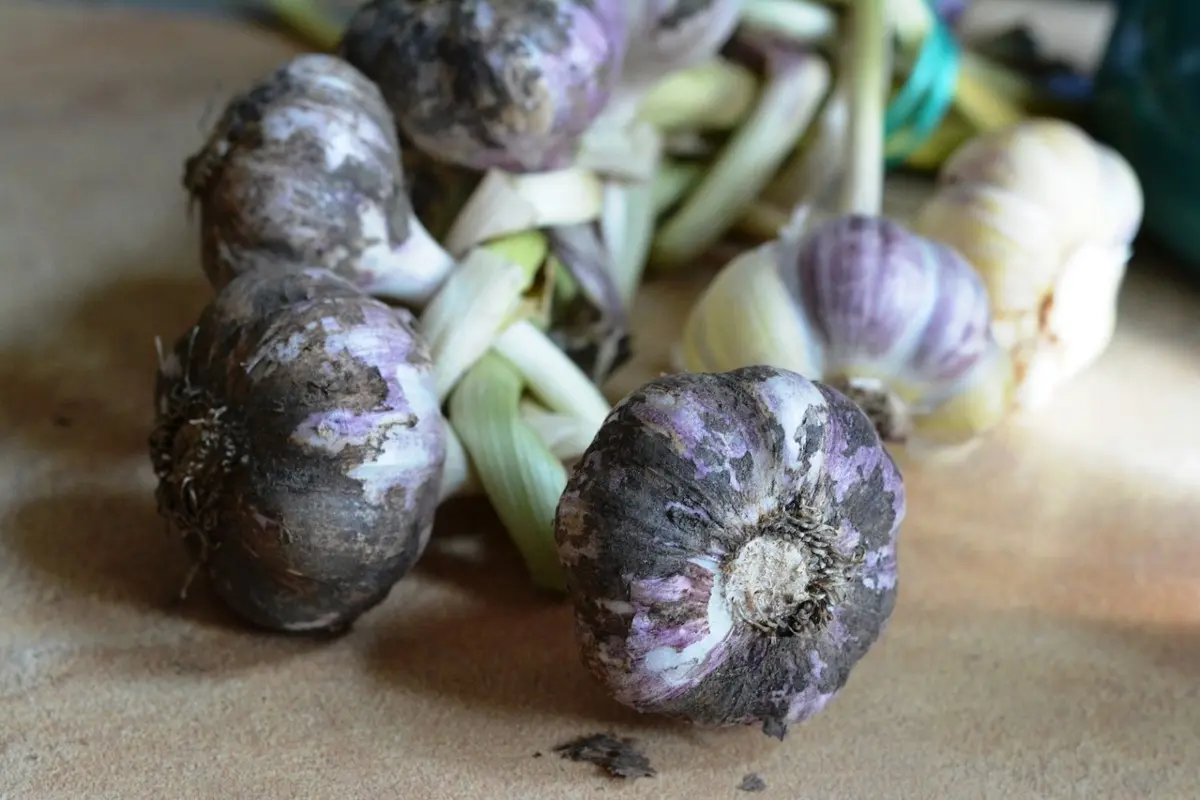
Do you want to access to this and other private contents?
Log in if you are a subscriber or click here to request service
Mineral hydrocarbons in food: EFSA launches consultation
Some substances belonging to this group could be harmful to human health

EFSA experts have provisionally concluded that saturated hydrocarbons of mineral oils (MOSH) do not pose a problem for human health, confirming however that some substances belonging to this group, known as aromatic hydrocarbons of mineral oils (MOAH ), can lead to problems.These are some of the conclusions of a draft scientific opinion published yesterday for public consultation and which updates...
lml - 30066
EFA News - European Food Agency
EFA News - European Food Agency